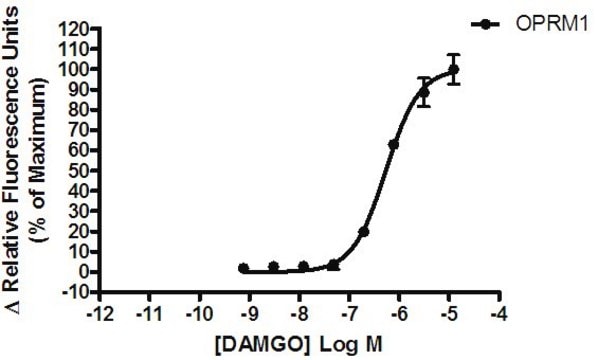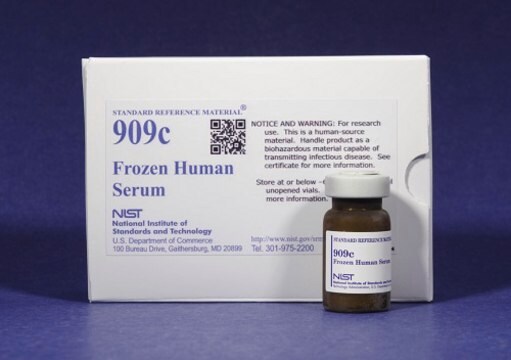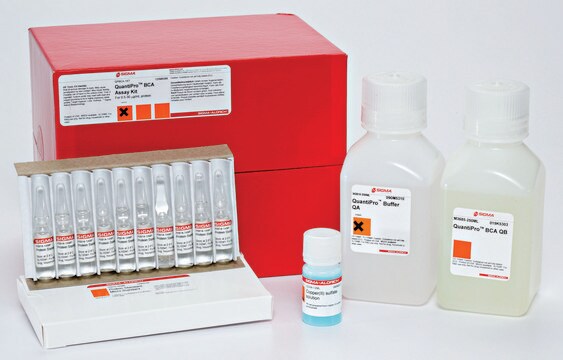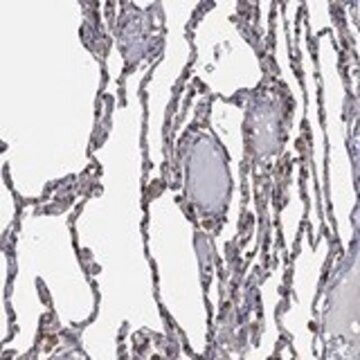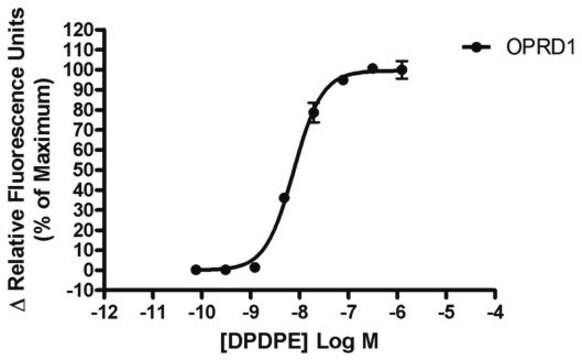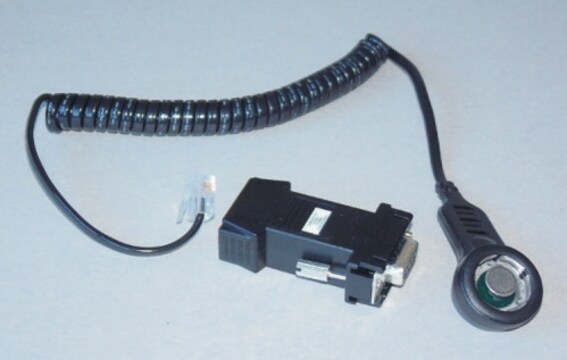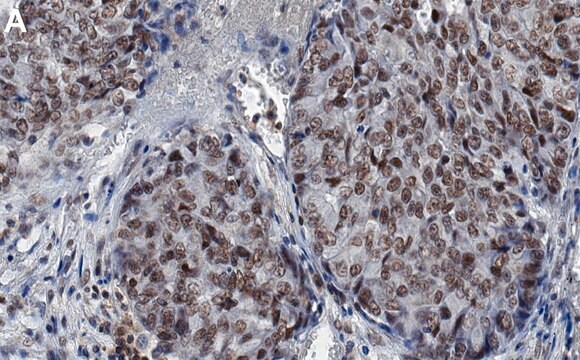MABD85
Anti-LIMD1 Antibody, clone 3F2/C6
clone 3F2/C6, from mouse
Synonym(s):
LIM domain-containing protein 1
About This Item
Recommended Products
biological source
mouse
Quality Level
antibody form
purified immunoglobulin
antibody product type
primary antibodies
clone
3F2/C6, monoclonal
species reactivity
human
technique(s)
immunocytochemistry: suitable
immunohistochemistry: suitable
immunoprecipitation (IP): suitable
western blot: suitable
isotype
IgG1κ
NCBI accession no.
UniProt accession no.
shipped in
wet ice
target post-translational modification
unmodified
Gene Information
human ... LIMD1(8994)
General description
Specificity
Immunogen
Application
Apoptosis & Cancer
Stem Cell Research
Oncoproteins
Oxidative Stress
This antibody has been shown to work in Immunohistochemical applications (Sharp, T., et al. (2008).
This antibody has been shown to work in Immunoprecipitation applications (Courtesy of Dr. Tyson Sharp, Cancer Research, UK)
Quality
Western Blot Analysis: A 1:2000 dilution of this antibody detected LIMD1 in H1299 cell lysates.
Target description
Physical form
Storage and Stability
Analysis Note
H1299 cell lysates.
Other Notes
Disclaimer
Not finding the right product?
Try our Product Selector Tool.
Storage Class Code
12 - Non Combustible Liquids
WGK
WGK 1
Flash Point(F)
Not applicable
Flash Point(C)
Not applicable
Certificates of Analysis (COA)
Search for Certificates of Analysis (COA) by entering the products Lot/Batch Number. Lot and Batch Numbers can be found on a product’s label following the words ‘Lot’ or ‘Batch’.
Already Own This Product?
Find documentation for the products that you have recently purchased in the Document Library.
Our team of scientists has experience in all areas of research including Life Science, Material Science, Chemical Synthesis, Chromatography, Analytical and many others.
Contact Technical Service